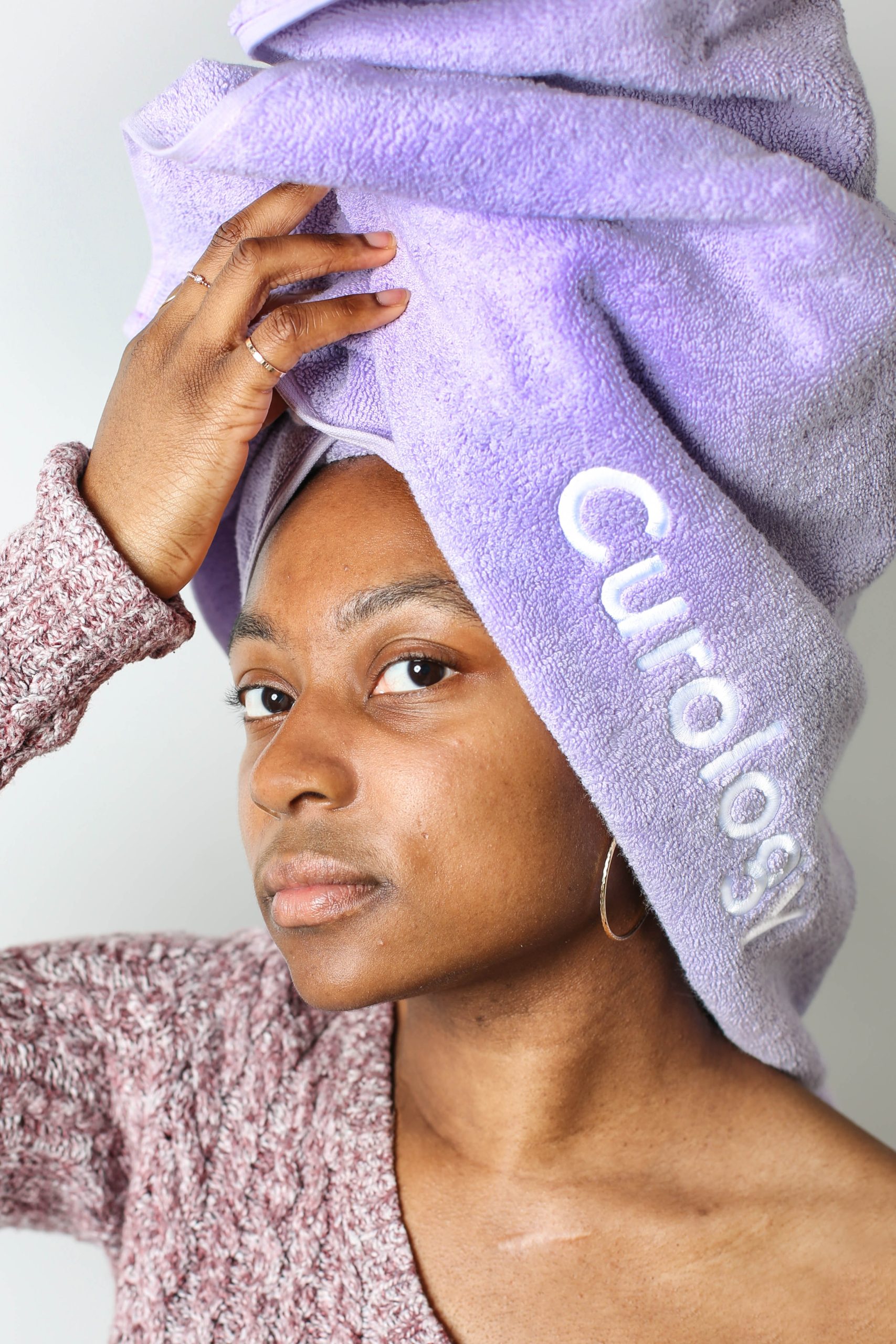
How To Shop For Skincare if You Have Acne-Prone Skin
Shopping for skincare products when you have acne-prone skin can be a tricky endeavor.
Luckily, brands like Misumi offer tailored suggestions in their selection and craft each product from high-performance ingredients that tackle the root cause of acne.

This makes shopping for skincare if you have acne-prone skin streamlined and effective; you’ll spend less time worrying about whether or not a product is safe and more time admiring how radiant your complexion looks. However, building a skincare routine for acne-prone skin is not as easy as it seems. Since this skin condition can develop later in life, acne is not just a concern for teenagers. Acne-prone skin is becoming more common in adults, long after puberty has ended.
These skin problems, which are characterized by zits, inflammations, and redness, can ruin daily life and occasionally even lead to low-self esteem. It is crucial to address the issue’s root cause as well as other variables to cure it.
What Types of Acne Are There?
Acne has many different ways of showing itself. We specifically distinguish between:
Acne that continues to appear:
Comedones (blackheads) and subcutaneous microcysts are more common with this moderate form of acne than lesions with inflammatory pimples.
The center of the face, which includes the forehead, nose, chin, and cheeks, is where blackheads are most frequently found. This region of the face is also oilier.
Blackheads and pimples can occasionally emerge, and they are frequently related to hormonal changes (puberty, menstrual cycle, pregnancy, etc.). Stress, exhaustion, and other factors might also act as triggers.
Inflamed acne
Inflammatory papulopustular lesions are the most common type of acne and cause redness on the skin. They can be found on the shoulders, back, or bust, in addition to a more or less wide area of the face.

Cystic Acne
Cystic acne covers the entire face and manifests with numerous inflamed pimples, blackheads, or microcysts.
Along with these lesions, there are also larger pimples rooted beneath the skin, which are frequently uncomfortable.
What Products Work Well on Acne-Prone Skin?
To understand this, you need to develop a morning and night therapy routine that consists of three steps:
1 – Gently Cleanse Your Skin
As much as you want to clear up your skin when you have pimples, you must avoid stripping it or drying it out because doing so could cause it to start producing more sebum.
Every day, carefully wash it with either:
An ultra-purifying soap made of cold saponification with elements such as tamanu and tea tree. Alternatively, choose a non-comedogenic sesame oil if your skin is dry, brittle, or sensitive. It can be used by applying it to a cotton pad or a washable wipe for makeup removal.
Spray a hydrolase, such as a peppermint or lavender product, to finish the cleansing. Indeed, the naturally acidic pH of floral waters lowers the pH of the skin and helps with acne issues. Do a clay mask once a week in addition to this everyday cleaning. You need to apply a quality clay mask, which has absorbent qualities and helps remove impurities while controlling sebum secretion. Leave on for ten minutes; if required, mist your mask with hydrosol to keep it from drying out. After that, thoroughly rinse with warm water.
2 – Purify and Encourage Repair With a Targeted Therapy:
After cleansing your skin, apply a particular treatment specifically to zits and microcysts for a focused, localized action that will lessen flaws. The benefits aloe vera gel, which is created from natural aloe vera juice, has hydrating, healing, and relaxing properties.
There is also salicylic acid in quality aloe vera gels, a fruit acid with a minor peeling effect. Therefore, if you have skin that is prone to acne, this is a crucial treatment. It is applied in smaller amounts to the pimples in the evening while being gently massaged with the fingertips to help it penetrate. Adapt the frequency of usage to your skin’s tolerance level.
It is advised to use a microcyst roll-on with natural ingredients as it purifies and corrects skin flaws. They are usually made of natural oils and highly concentrated amounts of essential oils. It is applied locally to the affected areas and is simple to apply. As a result, it has a focused effect and is advised for usage in the short term, up until the pimple starts healing (do not exceed 3 weeks of application or more than 21 days, then have a one-week break period). It can be used up to three times each day. Once applied, gently massage blemishes and pimples with your index finger.

Use a serum to balance the skin and assist control of sebum production: Apply an oily serum to your entire face morning and night to complete your routine.
This all-natural remedy, which is specifically designed to address the issue of acne-prone skin, helps balance the epidermis and control sebum production.








